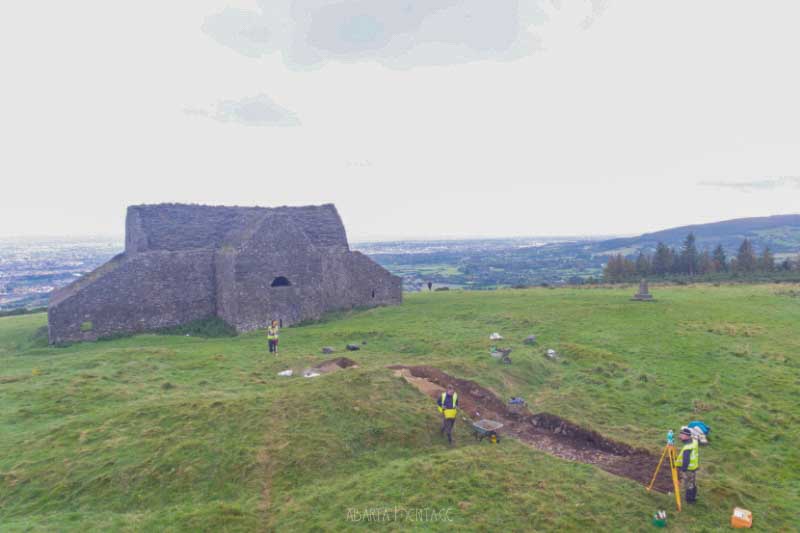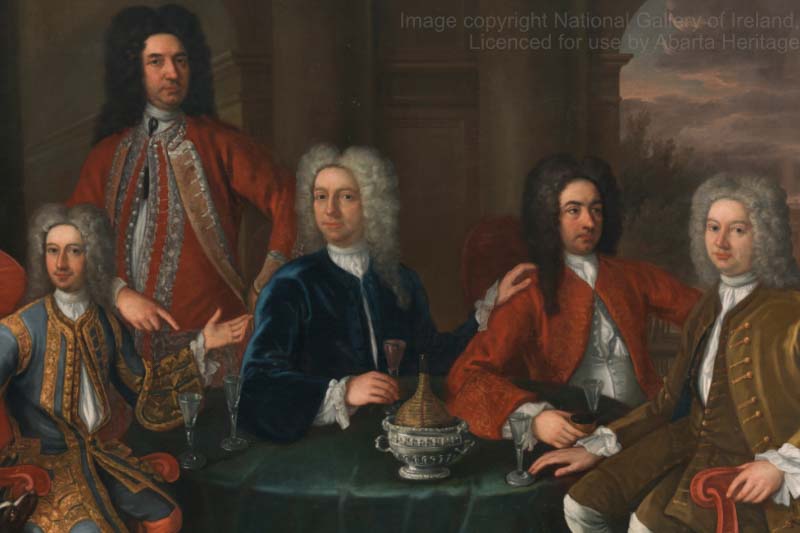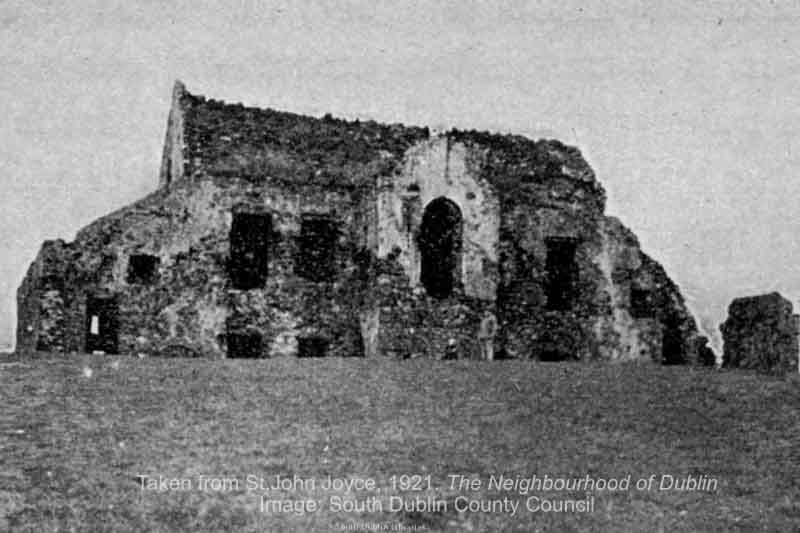Read on to learn about the Hellfire Club history and the story of this iconic building
The History of the Hellfire Club – A Brief Biography of the Hunting Lodge and Montpelier Hill
It is almost impossible to think of Montpelier Hill and the Hunting Lodge without considering the Hellfire Club history. The story of the organisation known as the Hellfire Club is dealt with in detail elsewhere. But what of the actual building itself? We know that William Conolly purchased the land from the Duke of Wharton, and that it was Conolly who ordered the tombs to be destroyed to use their stone for building material.
It is thought possible that the Hunting Lodge was designed by the noted Palladian architect Edward Lovett-Pearce, who was employed at Castletown House by Conolly around that time. Though it appears quite a dark and forbidding building today, when it was first constructed it must have been a handsome and rather splendid looking lodge. It is recorded as having been plastered and whitewashed, with fine, cut-granite steps leading up to the door. However, William Conolly did not live long to enjoy his lodge, as he died in 1729; a mere four years after it was constructed.
The History of the Hellfire Club After William Conolly’s Death
The building is believed to have stood empty until tradition tells that it was leased by the Hellfire Club (see here). However, the only official record of the occupation of the Hunting Lodge is the announcement in July 1751 of the ‘death at Mount Pelier of Mr.Charles Cobbe, the elder son of the Archbishop of Dublin’ (3).
At the end of the 18th century, it is reported that the then ruined Hunting Lodge temporarily sheltered another illustrious figure, General Holt, a key figure in the 1798 Rebellion.
‘That conspicuous ruin, the Hell Fire Club, gets an added attraction if one remembers that General Holt passed a night there in one of his frequent campaigns on these hills’. (4). The association with General Holt is also reported by Patrick Healy:
‘Joseph Holt the insurgent General records that in July 1798, during the retreat of the rebels from Co. Meath, he passed safely through Dublin and spent the night in the haunted house on Mount Pelier. In spite of his perilous situation he was deeply impressed by the beauty of the sunrise, as seen from this position. He sent a message to his brother who lived in Chapel House, Bohernabreena, requesting a loaf of bread, some cheese, and a pint of whiskey.’ (5)
Please Share The Story of the Hellfire Club, Choose Your Platform!
Please continue the story by turning to the next page (on desktop browsers the button for page 2 should be in the lower-right, for mobile it should be below)




